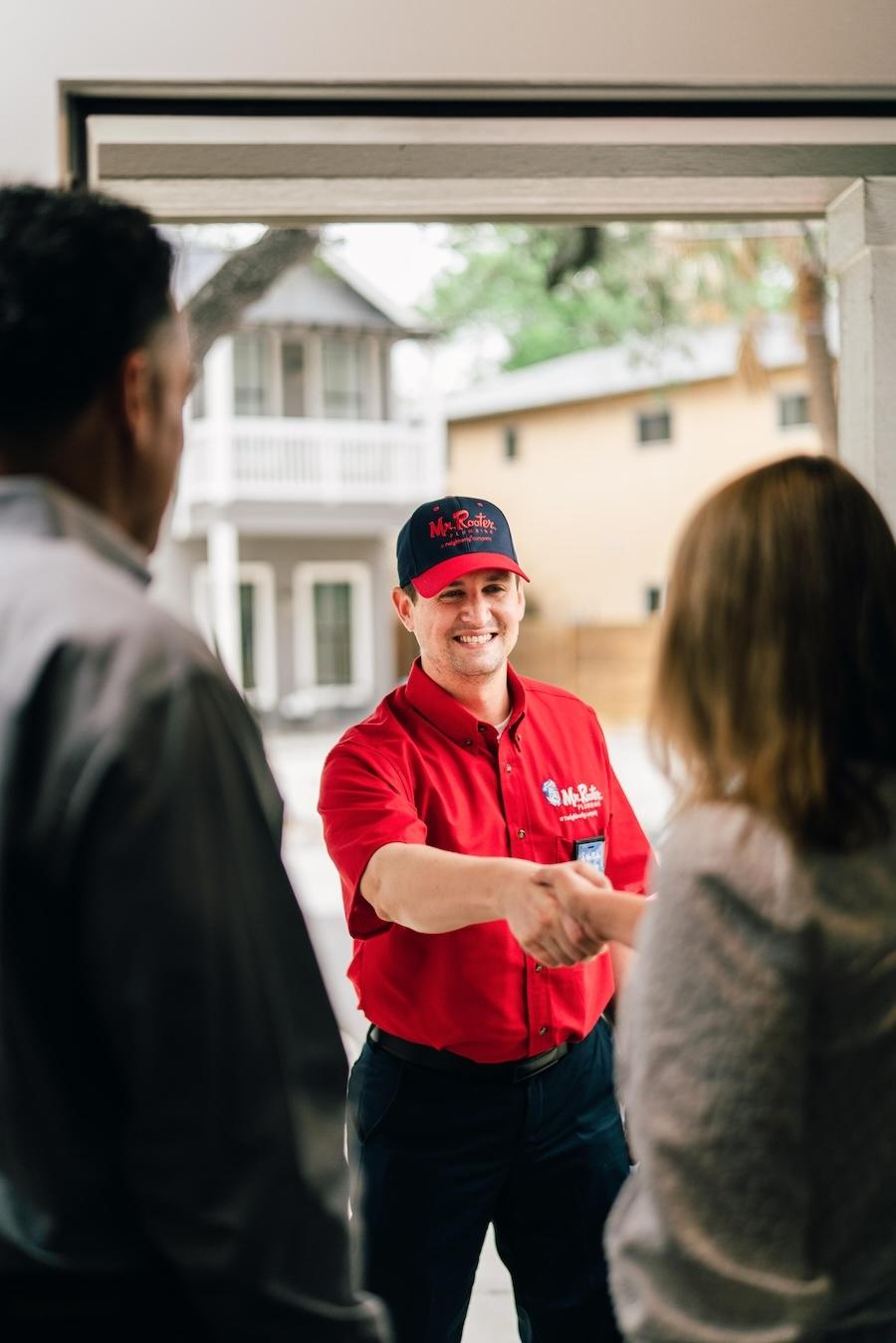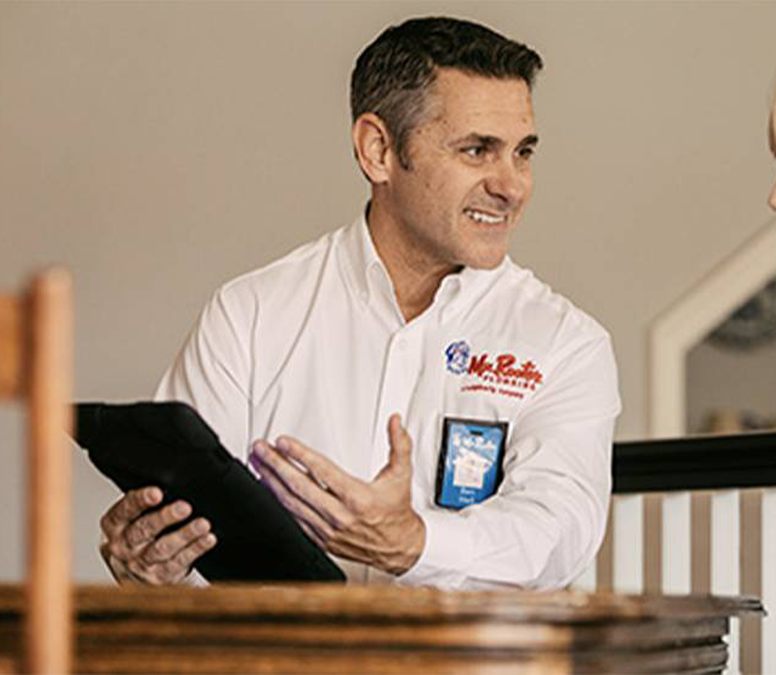Call This Wednesday to Get $50 Off Any service over $500
Do You Need a Local Plumber in Waco, TX?
Call us Now to Get $35 OFF.
Call This Wednesday to Get $50 Off Any service over $500
Do You Need a Local Plumber in Waco, TX?
Call us Now to Get $35 OFF.

When it comes to making our homes safe for kids, we often think about securing electrical outlets, putting up safety gates, or locking away dangerous chemicals. Yet, there's another crucial area that often gets overlooked in the child-proofing process: plumbing.
Our plumbing systems, with their potential for leaks, scalding water, and hidden hazards, deserve just as much attention to ensure our little ones stay safe. In this brief article brought to you by Mr. Rooter Plumbing, we share some practical tips and insights to childproof your plumbing.
If you’d rather consult with a trained plumber, or if your plumbing system is giving you cause for concern, then contact Mr. Rooter to get in touch. We are ready to take your call or message at any time of the day.

One of the most critical aspects of childproofing your plumbing is ensuring that the water temperature is safe for children. Young children can easily get scalded by water that is too hot. To prevent this, adjust your water heater thermostat to a maximum temperature of 120 degrees Fahrenheit (49 degrees Celsius). This temperature is hot enough for most needs while significantly reducing the risk of scalds. Plus, it’ll save on energy bills.
Installing anti-scald devices on faucets and showerheads is also a smart move. These devices automatically adjust the water temperature to a safe level.
Kids are naturally curious, and this curiosity can take them on adventures to areas of the house that adults might overlook. Make sure that access points to plumbing areas, such as under sinks or in utility rooms, are closed or locked. Child-proof locks or latches can prevent children from accessing potentially hazardous plumbing components or chemicals.
Toilets may seem unassuming and innocent, but they do pose several risks to young children. Drowning is a significant concern, especially for toddlers who might lean over to explore. Always keep toilet lids closed and consider installing toilet lid locks to prevent accidental openings.
Moreover, toilet bowl cleaners and other chemicals stored near toilets are worth mentioning. These should also be kept out of reach or in child-proof containers.
Kids don’t know any better regarding what goes down the drain, and they can flush things which can lead to clogs. Educate older children about what should and shouldn't be flushed down the toilet or rinsed down the sink. Don’t have TOO much faith in their memory or obedience though. Installing hair traps in bathtub drains can prevent hair clogs and sink strainers can catch food particles before they cause blockages.
Teaching kids about the importance of water conservation not only helps the environment but also promotes responsible behavior around plumbing fixtures. Show them how to turn off faucets tightly after use and encourage shorter showers to conserve water.
Consider installing child-friendly fixtures where possible. Faucets with motion sensors or lever handles are easier for small hands to use. Soft-closing toilet seats, meanwhile, prevent little fingers from getting pinched, and rounded edges on fixtures reduce the risk of injuries.
If you are looking for reliable plumbing service, then call Mr. Rooter Plumbing to hire a trained and uniformed plumber. Our team is ready to take your call at any time of the day on any day of the week.
Your drains play a huge role when it comes to home hygiene and comfort. Sadly,…
You may need faucet replacement services if you’re remodeling your space or your current…
Have you noticed reddish-brown or orange stains on sinks, tubs, toilets, and even clothes? Is…